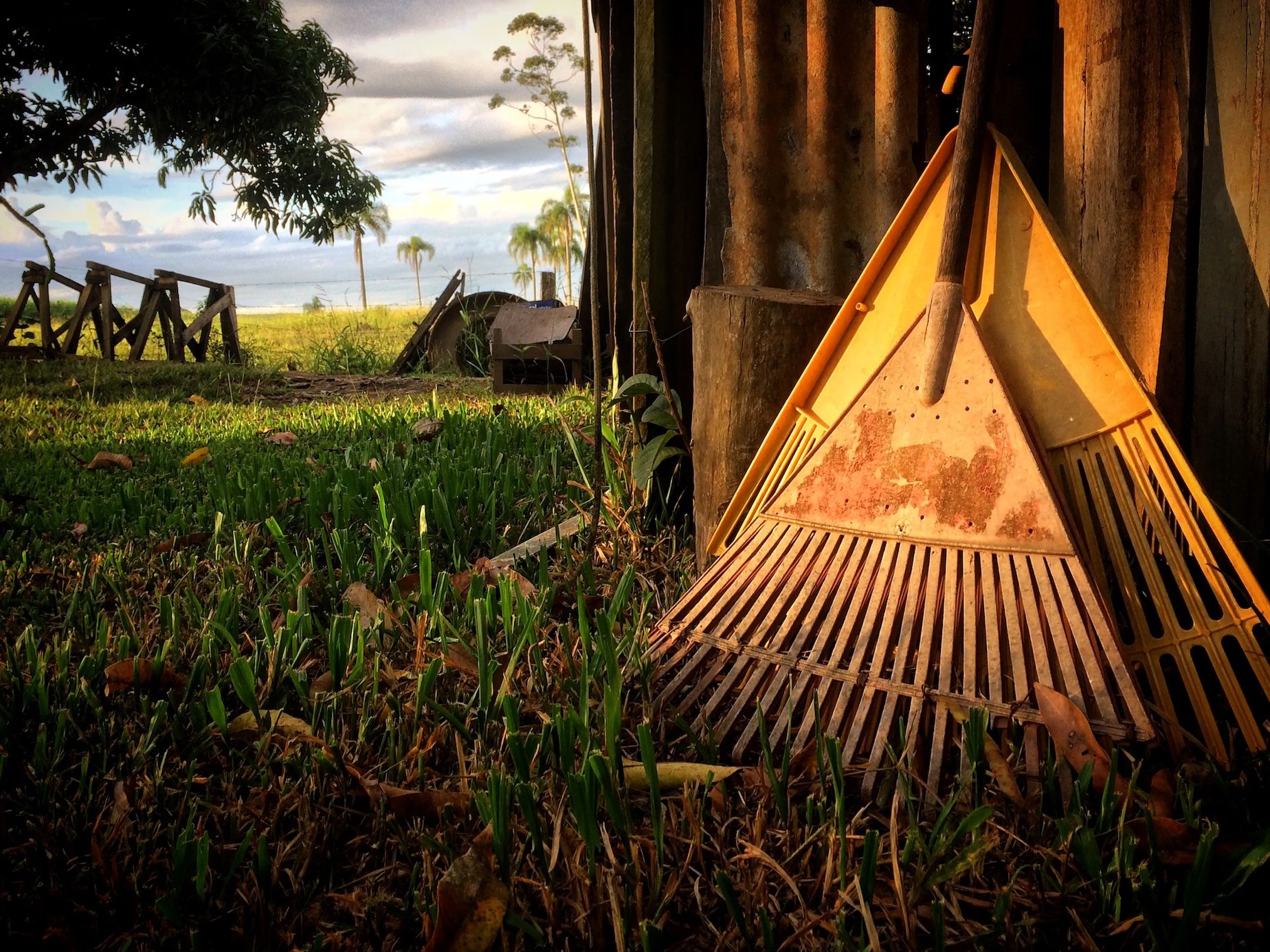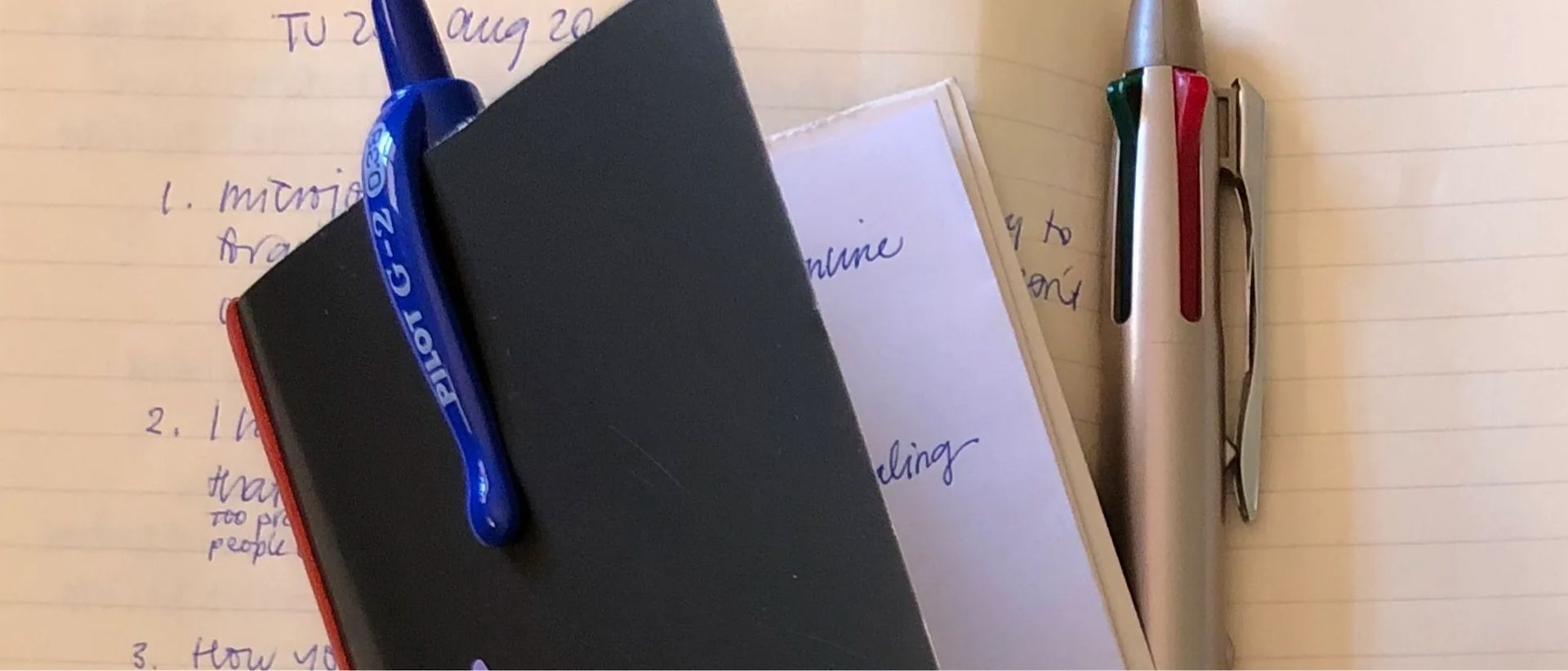 Photo by Ronaldo de Oliveira on Unsplash
Photo by Ronaldo de Oliveira on Unsplash
Meet Sue. She’s sitting at her computer, eyes bright as she feverishly enters all her projects and tasks into another Brand New Task Management System. She’s more excited and motivated than she has been for months!
There’s an air of optimism about her, a surprising contrast to her usual half-hearted attempts at being productive.
Confession: Sue is me.
Was me.
She’s a persona I’m finally free of because I’ve learned to internalize four simple truths. If you can relate to Sue and you’re ready to change, these truths can help you, too.
I learned about Omnifocus from the Asian Efficiency blog, but it wasn’t until I learned that David Sparks was also an Omnifocus man that I set off to download the trial.
At first it was exciting; like joining an exclusive club where the real productivity geeks hung out. That feeling didn’t last. As much as I wanted to join David and Thanh in regimented productivity bliss, Omnifocus and I never seemed to get along.
Myth: I’m not disciplined enough to use Omnifocus.
Truth: Omnifocus doesn’t suit the way I work.
2Do and Things are the two task management apps I’ve used the longest, but there came a point where I dropped the ball with each of them. I also tried plain text task management apps like Swiftodo and spent a fair bit of time trying to follow the bullet journal system religiously.
Getting Things Done (GTD) by David Allen was my bible for a time, but I could never keep up with the weekly reviews.
Each of these was like a suit made for someone else. Looked stunning on the model, but pinched when I tried it on straight from the hanger.
When everyone is raving about an app or a system, find out who “everyone” is. What do they have in common? Does that sound like you? If you’re a trapezoidal peg, don’t force yourself into a pentagonal hole.
I sometimes wonder how Charles Dickens planned his day or how Eva Perón kept track of her responsibilities, without the tech gadgets we rely on today.
Physical lists have done the job for the most brilliant minds since lists were a thing. They did the same for my friends and me, prior to the digital age. Not having an alternative, we wrote out our lists and re-wrote them when needed, which was often.
When I was studying visual communication in the 1980s, I successfully kept track of multiple projects, got things done at home, and turned up on time to appointments. Looking back I can see that I was intuitively organized and productive for decades.
Enter the digital age, with its dazzling array of devices and apps for all occasions. I seemed to have a subconscious notion that without the right app or system, bad things would happen.
Time passed. The only bad thing that happened was losing touch with what I didn’t know I had until it was gone.
Then in 2018, I had a mindset shift.
It was enormously freeing to realize that while apps can be helpful tools, they aren’t vital. I won’t die without them, and I might just be better off without them from time to time.
To use an allegory —
Dishwashers are wonderful timesavers, but sometimes it’s good to re-center by mindfully washing your bowl by hand.
The focus is on the result. A clean dish. Not on having the most recent top-of-the-line machine that can do it for you, or buying a machine just because popular bloggers are raving about it.
Digital task management is convenient, time saving, and efficient, but it’s important to remember that we can still be productive without tech.
Take a plain piece of paper and write the three most important things you need to get done tomorrow. If anything else comes up during the day, write it under your list of three things.
I keep a digital master list of projects and tasks in my plain-text system, but daily lists go in my little homemade A7 disposable notebook. August Birch and I have an almost identical notebook system — you can read about his, here.
 My squirrel notebook (Moleskine cahier) and A7 daily task notebooklet (handmade from a single piece of A4 paper). Photo by the author.
My squirrel notebook (Moleskine cahier) and A7 daily task notebooklet (handmade from a single piece of A4 paper). Photo by the author.
The excitement I felt when changing systems came from actually doing something while procrastinating what I should have been doing. Seeing my tasks from a fresh perspective gave me a euphoric high. That feeling became a drug.
Well, it didn’t take long to get used to the new format, and before long I’d feel demotivated and discouraged.
Again.
Next, I’d either spend more time on the tool, organizing and reorganizing, or I’d neglect it like all the rest. Before long, my radar would be on the alert for yet another system. Chasing another high.
I can’t tell you exactly how it happened, but a moment of clarity dawned and one day I saw that I was behaving like an addict. Realizing that the problem lay with me rather than with the system was the first step toward freedom.
Rather than try to figure out what was going on with my psyche — that’ll probably be a lifelong pursuit — I started using plain text files to keep track of tasks and projects. Along with my paper notebook, it’s working well.
Beware the trap of productivity porn.
Notebooks and analog task management systems can also be shiny objects that distract you from taking action.
Todd Brison’s Microjournaling system has simplified the way I do things with paper. It’s worth checking out.
Go on a week-long app-detox. Write your lists on paper (keep it simple), or create plain text lists that any text editor can read.
Tip: If you’re committed to being paperless, Caleb McDaniel has an app-agnostic digital task management system that I found very helpful when creating my own.
If a rustic cottage garden appeals to you more than a neatly trimmed suburban garden or the palace gardens at Versailles, your planning style may have similar qualities. I see Omnifocus in the Versailles category, 2Do and Things as suburban gardens, and plain text lists as the rambling cottage garden.
Some people do all their planning and task management in their calendar app. What would that be— a balcony container garden, perhaps?
Ask yourself which of these garden types correspond best to the way you work. Consider which task management system you’d be willing to keep trimmed and weeded, day in and day out.
Everything should be as simple as it can be but not simpler. ~ attributed to Albert Einstein
You use a hammer when you need to bang in a nail, right? A jackhammer won’t do the job any better, and it might just destroy what you’re trying to build.
A tool that’s more powerful than you need might not be a problem if the extra features get out the way when you aren’t using them. App addicts aren’t usually content to leave well enough alone, however. If that’s you, a simpler tool or system might be a better choice.
Productivity-wise, I’m 100% a cottage gardener. Now that I know that, other people’s topiaries no longer fill me with envy and the immediate desire to go buy some fancy new hedge clippers.
My hybrid system feels like a bespoke suit that fits in all the right places. Here are the main components:
I’ll add a link to how this system works once I’ve written about it in more detail.
Make a list of everything you want a task management app to do for you. Put a star next to the functions you couldn’t do almost as easily with pencil and paper.
Charles Dickens organized his writing schedule without Things 3, and Eva Perón lead her nation without Omnifocus.
Remembering these four truths can help you break free from shiny object syndrome, and focus on doing and experiencing. On living life, instead of constantly chasing a better way to plan.
💬 Comment on Mastodon · Medium · or by email
Follow my RSS feed, or sign up to receive posts in your inbox
My posts cost you nothing to read, but a goodly amount of effort on my part to put together. If you’ve found value here I invite you to share this post with someone you think will appreciate it, or to make a contribution to my support jar.